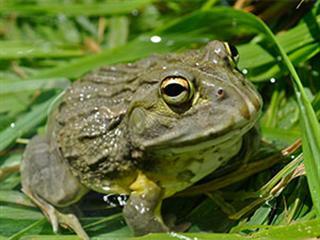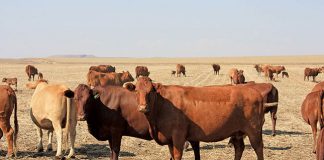
Global frog populations are declining as a result of habitat destruction and pollution, so KNP’s amphibian diversity is good news.
Given that many of the catchments feeding KNP’s rivers are becoming increasingly degraded due to human activity, an in-depth study was needed to determine the impacts of this on the Park’s amphibian population. The study, funded by the WRC and led by independent researcher, Dr Wynand Vlok, was implemented from 2009 to 2012 to specifically assess frog biodiversity in KNP’s major pans and rivers as well as the physical and chemical factors affecting their distribution there.
According to the WRC more than 30 frog species were recorded. These included several new records and voucher specimens collected for several species, including the Sharp-nosed Grass Frog, Southern Ornate Frog and African Bullfrog. A new record of a tadpole of the East African Puddle Frog was also recorded from Hapi Pan. “This is the first confirmed record of the species within the KNP region,” said Vlok.
Vlok added that recent flooding in parts of KNP, while damaging infrastructure, had promoted the emergence and breeding of the majority of the park’s frog species. Researchers also tested for lower freshwater pH levels as a possible result of acid rain. While the conclusive outcomes of these tests were not yet available, preliminary results indicated that exposure to lower pH’s definitely impacted the development of frog eggs and the development and size of tadpoles.
“While the overall quality of water at frog breeding sites is generally good, dry periods do result in a concentration of salts and nutrients,” said Vlok. “We have noted previous studies on acid rain in the KNP with concern, as we do not know how long the capacity of the soils to buffer this acidity will continue. In the long run, this can have a detrimental effect on the frogs in the park, and even biodiversity in general.” The WRC stated that this study had highlighted the need for an on-going frog monitoring project in the KNP.











